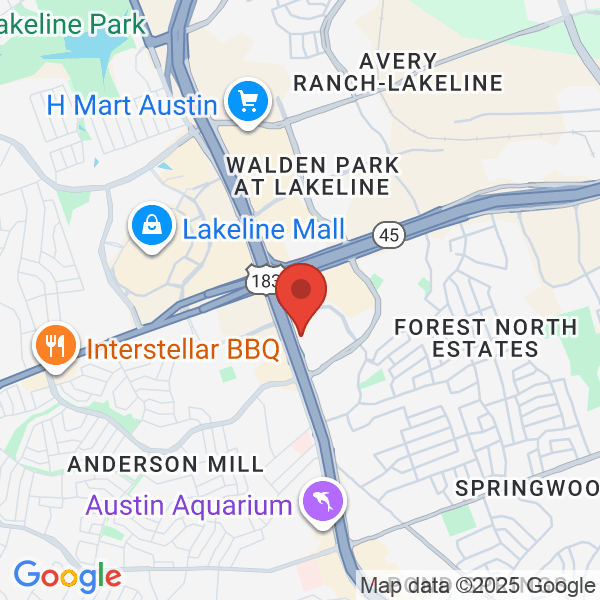Inlays and Onlays: A Conservative Alternative to Dental Crowns
If you have a cavity or a cracked molar, you have several restorative dentistry options to choose from. While fillings and crowns are the most well-known treatments, Dr. Randal Watson can also provide inlays and onlays at his Austin, TX, practice. These custom-crafted restorations are placed on the biting surface of damaged molars, and they can be an especially good option if you have a cavity that is too large for a simple filling. At the same time, inlays and onlays are smaller and less invasive than full crowns. Dr. Watson has years of experience in restorative and cosmetic dentistry. Thanks to his expertise and advanced technology, he can provide beautifully lifelike restorations, often in a single appointment.
/https://d3b3by4navws1f.cloudfront.net/inlay-onlay-crown.png)
Compared to crowns, inlays and onlays can be placed with less alteration of the tooth's structure.
Is an Inlay or an Onlay Right for You?
Dr. Watson most frequently recommends inlays and onlays to repair decayed teeth. If your cavity is too large for a filling, an inlay or onlay can often strengthen your tooth and restore its full function. At the same time, to qualify for this type of restoration, you must have enough remaining dental tissue to support the porcelain. In other cases, Dr. Watson can provide an inlay or onlay to repair a cracked or weakened molar. If the damage is not severe enough to merit a full dental crown, an inlay or onlay can be an appropriate option. Before recommending one of these restorations, your dentist will take x-rays of your tooth to determine the extent of the damage.
Dr. Watson uses precise methods that are designed to maximize the durability and lifespan of our restorations.
Inlays and onlays are very similar. Onlays, however, are larger and will extend over the cusps (pointed edges) and down the sides of your tooth. Inlays will rest in between the cusps to repair smaller areas of damage.
Designing and Placing Your Restoration
Before placing an inlay or onlay, Dr. Watson will need to reshape your tooth. Just as he would to place a filling or crown, he will remove any compromised tissue and make room for the porcelain. Then he will take impressions of your tooth. Often, he will use our CEREC® system to create 3-D digital impressions. The models will be uploaded to a milling machine located on-site. Typically in just 20 minutes to an hour, the machine will produce your restoration from advanced porcelain. The material will blend naturally with your enamel, and the shape of the restoration will maintain the natural force of your bite. After the inlay or onlay is finished, Dr. Watson will use dental cement to affix it to your tooth.
The Benefits of Inlays and Onlays
Inlays and onlays are very effective restorations that offer important functional and health benefits. First, they are smaller than dental crowns so they require less alteration of your teeth, meaning more of your strong, healthy tissue can remain in place. Typically, the preparation process is also easier and faster than it would be for a dental crown. The restorations also cost less than crowns since they require less material. At the same time, inlays and onlays are generally stronger than dental fillings, and they can repair teeth with extensive areas of decay. Finally, inlays and onlays are quite durable. Dr. Watson uses special treatment methods that are designed to maximize the durability and lifespan of the restorations.
Schedule a Consultation Today
Learn more about these versatile restorations and find out if an inlay or onlay is right for you. Contact Dr. Watson’s office to book an appointment.
MessageOur Staff
Reach out today to set up an appointment with Dr. Randal Watson and his experienced team.
“We strive to make every experience a positive one.” Randal Watson, DDS, PA


